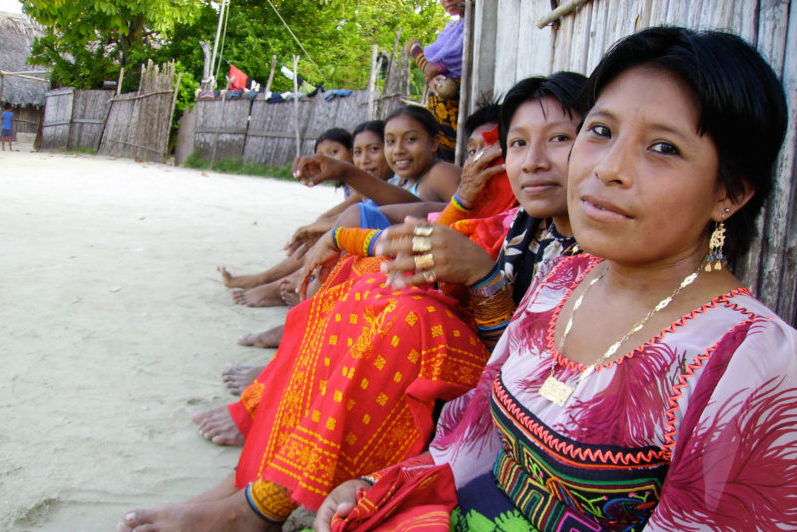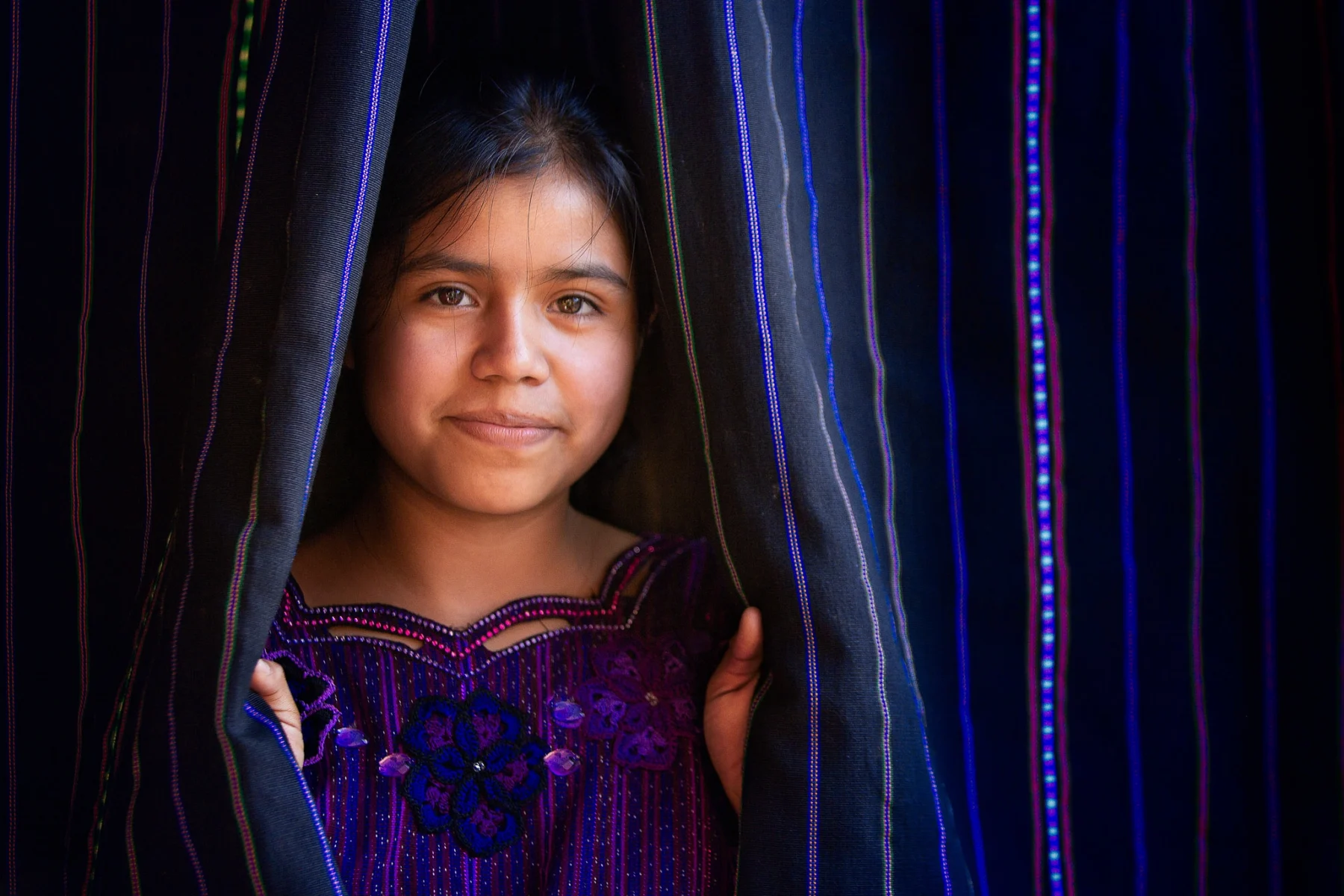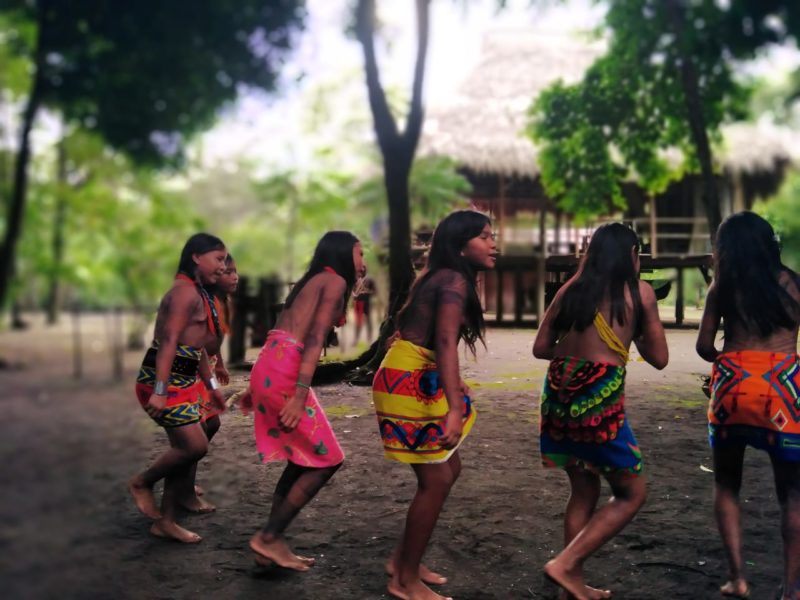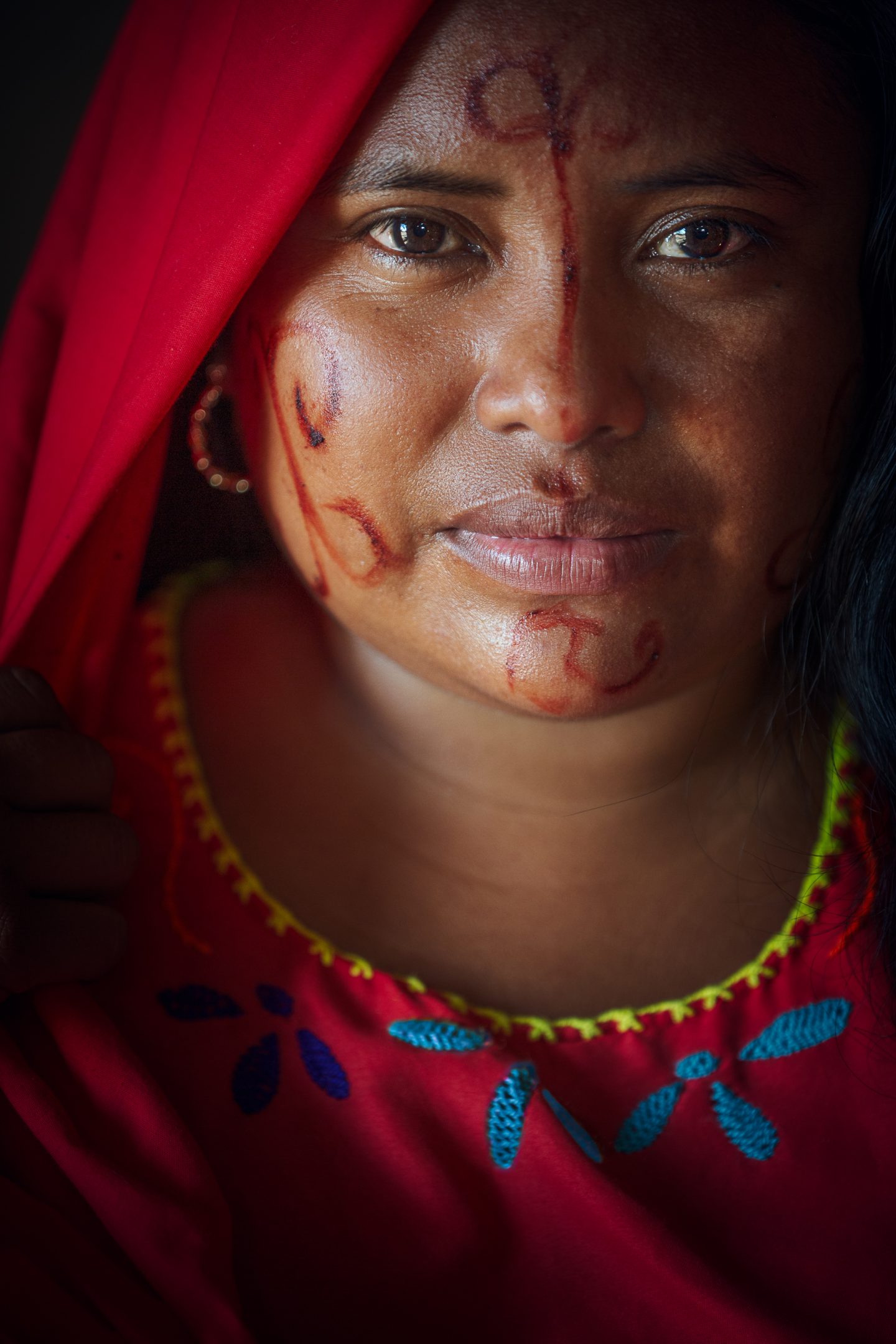10 Best Places to Meet Indigenous in South America
Engage with South America's indigenous cultures at these top spots

South America is a continent rich in cultural diversity and home to numerous indigenous and pre-Colombian communities. These communities have preserved their unique traditions, languages, and ways of life for centuries, offering a fascinating glimpse into the region’s rich history. In this blog post, we will take you on a virtual journey through South America, highlighting the best places to meet ethnies and pre-Colombian communities, and providing valuable insights into each community’s distinct characteristics.
The Indigenous of Sierra Nevada de Santa Marta in Colombia
The Sierra Nevada de Santa Marta, located in northern Colombia, is home to a unique and spiritually significant indigenous community. The region is known for its breathtaking natural beauty, including snow-capped peaks, lush rainforests, and pristine rivers. Within this stunning landscape reside four indigenous groups: the Kogui, Arhuaco (Ika), Wiwa, and Kankuamo. These communities have preserved their ancestral traditions, making the Sierra Nevada de Santa Marta an exceptional place to immerse oneself in indigenous culture.

The Quechua People in Peru
The Quechua people are one of the most prominent indigenous communities in South America, primarily residing in Peru. They have a rich heritage that predates the Inca civilization and are known for their impressive agricultural practices and skilled craftsmanship. Visitors can meet the Quechua people in the Sacred Valley and the city of Cusco, where they maintain strong cultural traditions. Participating in traditional ceremonies, such as Inti Raymi (Festival of the Sun), and visiting local markets like Pisac will provide a deep appreciation for their vibrant culture.

The Kuna in Panama
In the vibrant country of Panama, the Kuna people, also known as the Guna, are an indigenous community with a rich cultural heritage. The Kuna inhabit the San Blas Islands and the surrounding coastal areas in northeastern Panama. They are known for their distinctive dress, intricate handicrafts, and strong sense of cultural identity. Exploring the Kuna Yala region provides an opportunity to witness their unique way of life and engage with their customs and traditions.

The Maya in Guatemala
Guatemala, a country known for its stunning landscapes and vibrant indigenous culture, is home to a significant Maya population. The Maya civilization has a rich history spanning thousands of years, and their descendants continue to uphold their cultural traditions and practices to this day. Exploring Guatemala offers a unique opportunity to engage with the modern Maya communities and gain insights into their ancient heritage.

The Emberá People in Colombia and Panama
The Emberá people are indigenous to the rainforests of Colombia and Panama, living in harmony with the natural environment. Known for their exceptional craftsmanship, particularly in basket weaving, the Emberá communities welcome visitors who wish to immerse themselves in their culture. Travelers can arrange tours to Emberá villages, such as the village of Emberá Quera in Colombia’s Chocó region or the Emberá Drua community in Panama’s Darien province. These experiences often include traditional dances, storytelling, and insight into their sustainable way of life.

The Wayuu People in Guajira, Colombia
The Wayuu people are one of the largest indigenous groups in Colombia, primarily residing in the Guajira Peninsula, a region that straddles the border between Colombia and Venezuela. The Wayuu have a rich cultural heritage and are known for their strong sense of identity, vibrant artwork, and intricate weaving traditions. Exploring the Guajira Peninsula provides a unique opportunity to immerse oneself in Wayuu culture and witness their resilient way of life.

The Aymara People in Bolivia
The Aymara people are another significant indigenous group in South America, with their roots in Bolivia. Their traditional homeland extends across the Altiplano region, including Lake Titicaca, the world’s highest navigable lake. The Aymara are known for their distinctive clothing, intricate textile weaving, and farming techniques that have allowed them to thrive in challenging high-altitude environments. Visitors to Bolivia can explore the Aymara culture by visiting the cities of La Paz and Oruro or venturing to the Isla del Sol (Island of the Sun) in Lake Titicaca, where they can engage with local communities and witness traditional rituals.

The Mapuche People in Chile
The Mapuche people are the largest indigenous group in Chile, known for their resilience and strong connection to the land. Their ancestral territory spans across central and southern Chile, where they have preserved their language, Mapudungun, and cultural traditions. To experience their vibrant culture, travelers can visit the city of Temuco, which serves as the gateway to Mapuche communities. Additionally, exploring the Lake District and the Villarrica National Park offers opportunities to witness traditional Mapuche ceremonies, taste their authentic cuisine, and purchase unique handicrafts.
The Guarani People in Paraguay
The Guarani people have a significant presence in Paraguay, as well as parts of Brazil, Argentina, and Bolivia. They have a deep spiritual connection to the natural world and are renowned for their extensive knowledge of medicinal plants. Travelers can learn about Guarani culture by visiting indigenous communities in Paraguay’s Gran Chaco region or the Misiones department. Engaging in activities such as traditional storytelling, experiencing their music and dance, and participating in crafts workshops will provide a holistic understanding of their way of life.
The Yanomami People in Brazil and Venezuela
The Yanomami people inhabit the dense Amazon rainforest, straddling the border between Brazil and Venezuela. They are one of the largest indigenous groups in the region, living in small, isolated villages. To meet the Yanomami, travelers can embark on an Amazon jungle expedition, guided by knowledgeable local operators. Respectful interaction with the Yanomami people is crucial, as they have experienced significant challenges due to encroachment on their land. Understanding their communal lifestyle, traditional practices, and deep connection with the rainforest will foster cultural appreciation and environmental awareness.
Conclusion
South America offers a multitude of opportunities to connect with and learn from its diverse indigenous and pre-Colombian communities. By engaging in respectful and culturally sensitive interactions, travelers can gain a deeper appreciation for the rich heritage and traditions these communities uphold. Whether it’s exploring the vibrant markets of the Quechua people in Peru or venturing deep into the Amazon rainforest to meet the Yanomami, each encounter promises a profound and enlightening experience. Embrace the chance to expand your horizons and create lasting memories as you explore the fascinating cultures of South America’s ethnies and pre-Colombian communities.